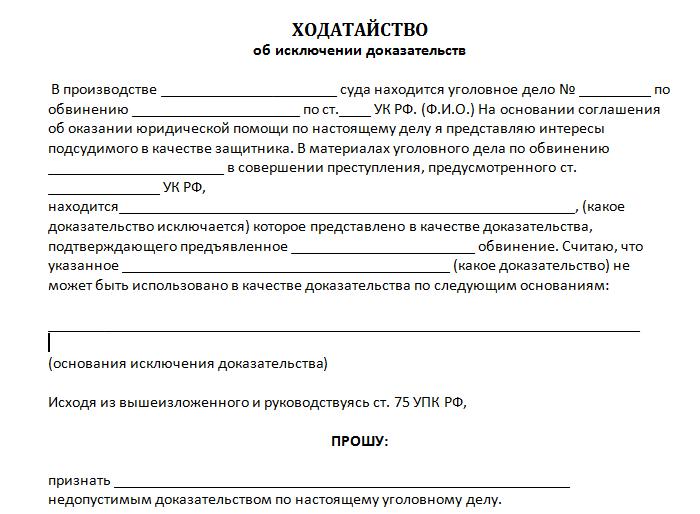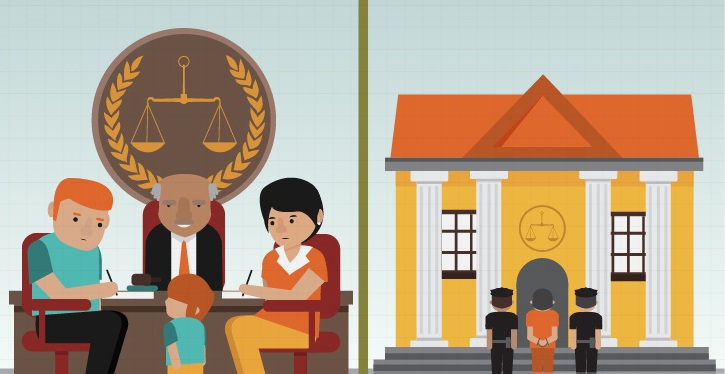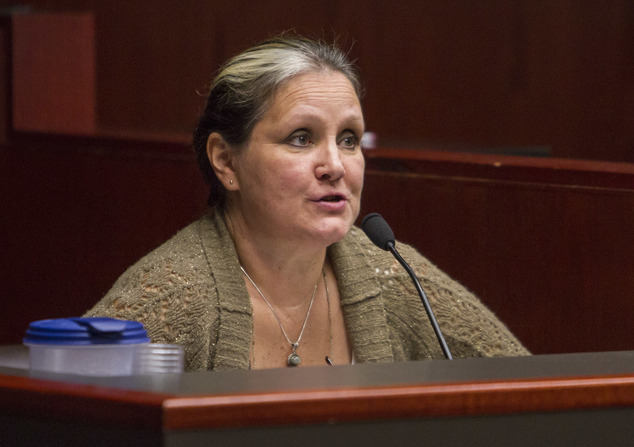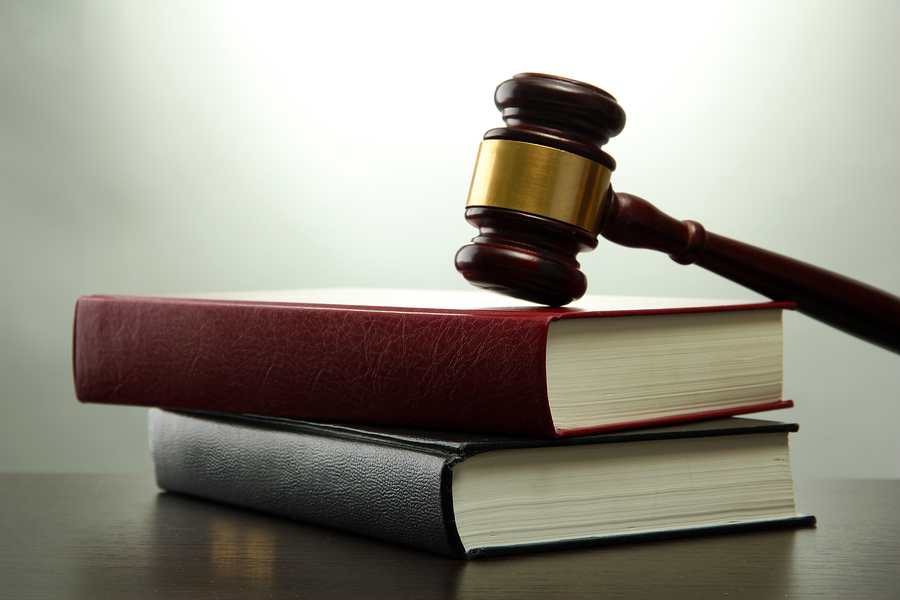A motion to exclude evidence in a criminal case. What does the legislation say about him? What are the grounds for filing it, who has the right to do so? How to make it up? What practice is there in connection with this? Where to appeal the denial?
Legislative regulation
Regulation of all actions of the parties to the criminal process is ensured by the rules of the CPC. A petition for the exclusion of evidence in a criminal case is filed as part of a preliminary meeting - a stage aimed at checking the readiness of the case for examination on the merits.

Basically, the procedure concerns the assessment of evidence, the demand for new ones and the exclusion of those that are already in the case.
Who is entitled to file it
A motion to exclude evidence in a criminal case may be submitted by both parties to the process. In practice, the defender does this, as the investigator rarely agrees with the interrogation of witnesses, the recovery of documents and other investigative actions, the result of which can undermine the prosecution’s position. The prosecutor’s office continues to support the investigation line.
What are the criteria for evaluating
The petition for the exclusion of evidence in a criminal case is based on the assessment of evidence in two positions: relevance and admissibility.

The first paragraph addresses the question of whether the document, the testimony of a witness or material evidence is relevant. Some of them have difficulties.
Admissibility is a criterion for the legality of the evidence procedure. For example, whether the investigator had the right to enter the premises in a particular case without the permission of the judge.
A simple example of a petition for the exclusion of evidence in a criminal case is a request not to take into account confessionary evidence, because in the investigation they were given under pressure or under the influence of other adverse factors. The CPC laid down the principle that the testimony of the defendant is not taken into account if he refused them at the hearing.
What does the document look like
The scheme for writing it is simple:
- the procedural status of the applicant;
- Name of judge;
- case number;
- the grounds on which a statement is made with references to the Code of Criminal Procedure (listing of violated norms);
- circumstances confirming the arguments;
- a request for the exclusion of specific evidence (preferably referring to the page of the case);
- signature and filing date;
- list of attached documents.
Criminal cases cannot be called completely identical; each of them has its own nuances that are not found in others.
Due to this, even a sample petition for the exclusion of evidence from a criminal case under the same article and with similar circumstances should be used carefully.
Consideration Features
The petition may be based on evidence or documents, and the judge has the right to interrogate and attach documents to the case file. In the absence of the consent of the party, the judge reads the materials. If the application is filed by counsel, then the prosecutor must prove that the procedural rules were not violated. The judge decides whose arguments are more justified.
Excluded evidence is prohibited from being used in the process; it cannot be taken into account in the sentence. If the case is considered by jury, neither the prosecutor, nor the lawyer, nor any other participant in the process shall have the right to report the excluded evidence.

At the same time, a judge has the right, at the initiative of one of the parties, to consider again the issue of returning evidence to the process when the case is being examined on the merits.
It is definitely difficult to say how correct this position of the legislator is. The application of this rule is affected by the general state of the justice system. Judicial practice is in favor of prosecutors.
An appeal against a judge’s refusal or his consent shall be made in a complaint or in the submission of a prosecutor for a sentence.
